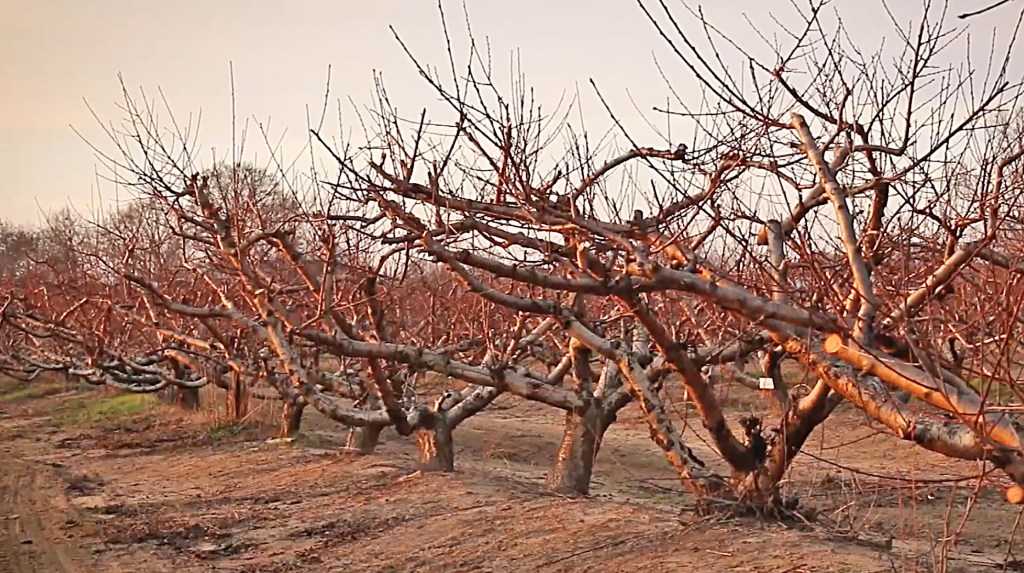HOME & GARDEN SPOT: January chill accumulation monitoring
Published 12:00 pm Wednesday, January 22, 2020

- With four weeks remaining in the chill measurement period, chill accumulation has slowed since the last update because of a significant warming trend.
Peaches are big business in Alabama, and whether commercially produced or homeowner produced, nothing is better than a locally grown peach.
Most people don’t realize the amount of hard work that goes into producing peaches. Unfortunately, even if the producer does everything correct, there are still a few things out of their control.
One of those uncontrollable factors is chilling hours. The amount of cold needed by a plant to resume normal spring growth following the winter period is commonly referred to as its chilling requirement.
Peach varieties vary greatly in their winter cold requirement and that should be taking into consideration when selecting peaches to plant in this area.
What happens during winter chilling
During the fall and winter, deciduous fruit plants enter a dormant period that is generally referred to as the plants’ rest period. Plants enter the rest period in the fall as air temperatures begin to drop below 50 degrees, leaf fall occurs, daylight decreases and visible growth ceases.
Plants enter the dormant, or rest, period as the level of growth-regulating chemicals in buds changes. In other words, as the growth-regulating inhibitors increase and the growth-regulating promoters decrease, plants begin their dormant period.
As the chilling requirement of a plant is being satisfied by cold temperatures, the level of promoters begins increasing while the level of inhibitors decreases. The higher levels of promoters in the buds allow normal resumption of growth and flowering in the spring as the chilling requirement is met.
Current chill accumulation
Bud swell has been observed in early varieties. The standard chill hour logs chill hours at and below 45 degrees. The modified chill hour models log chill hours between 32-45 degrees. Both models count each chill hour the same regardless of the temperature in these range.
The Dynamic model measures chill accumulation as chill portions but chill is accumulated differently at each temperature over a broader range. In the Dynamic model, optimal chill is accumulated at 43 degrees. Chill accumulation is reduced as temperatures rise above or fall below 43 degrees.
The Dynamic model also takes into consideration warming trends when calculating chill portions, which indicates that some chilling can be lost when temperatures become unseasonably warm.
Information for chill requirements
Cooler weather ideal for chill accumulation has been predicted in the coming weeks. However, symptoms of lack of chilling (extended harvest period, reduced yield per harvest and less marketable fruit) in many varieties are likely to be observed. Periodic updates to chill accumulation will continue until Feb. 15 when the measure of chill accumulation ends for the season.
Chill hour and chill portion calculators may be accessed online. For more information about chill hours, chill portions, or Old 45 and Dynamic Chill models, visit https://bit.ly/2RPSvNh to read “Fruit Culture in Alabama: Winter Chilling Requirements.”
As a reminder from the last chill accumulation update, the Peach IPM webpage (https://bit.ly/2RwdmVm), which houses the chill accumulation calculators, has undergone a series of changes with more scheduled changes in the future. You will notice that several other locations have been included in the standard chill hour and modified chill hour calculators similar to the chill portion calculator. This will help you to select the location closest to your operation for the most accurate measure of chill accumulation.
— For information on topics related to the home and garden, contact any office of the Alabama Cooperative Extension System. The Limestone County office is at 1109 W. Market St., Athens. Office hours are 8 a.m. to 4:30 p.m. Mondays through Fridays. For more information, visit www.aces.edu or call 256-232-5510.





